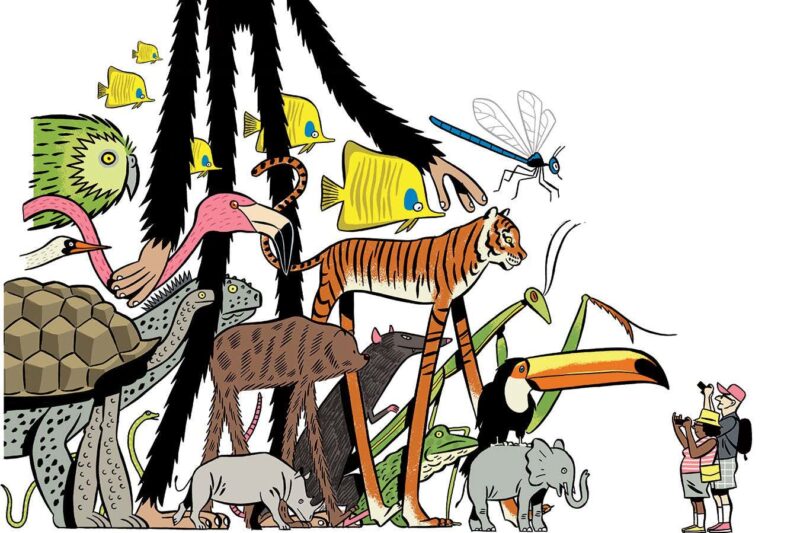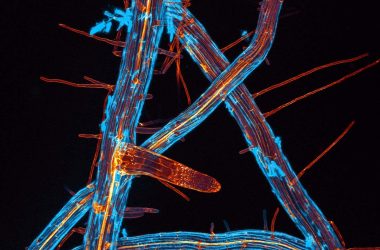A RAFT full of elephants and rats gets stranded on a remote island. The animals survive and reproduce. But as the generations pass, something odd happens: the elephants shrink to the size of Shetland ponies and the rats grow to the size of cats. They have found themselves at the mercy of one of evolution’s weird rules.
Most of us are familiar with evolution by natural selection, in which species change and diverge over time as those that successfully adapt to their environment pass on the genes that helped them flourish. What you might not be aware of, however, is that evolution’s work is in some places governed by a handful of rules that can have some pretty surprising results.
Near the poles, for instance, animals tend to grow larger than you might expect. In the tropics, meanwhile, birds often have strikingly big beaks, while their feathers may be unusually dark. And on islands, evolution gets very peculiar indeed – which explains why Sicily in Italy was once home to dwarf elephants just a metre tall and why rats in New Zealand are about twice the size of their mainland counterparts.
Many of the biological “rules” behind these patterns were proposed in the 19th century and it hasn’t been entirely clear whether they stand up to modern scrutiny. In the past decade, however, biologists have not only confirmed that many of these rules hold true, but also revealed the intriguing details of how and why they work. In some cases, researchers have even begun to use the rules to predict how species will evolve as the world warms.








